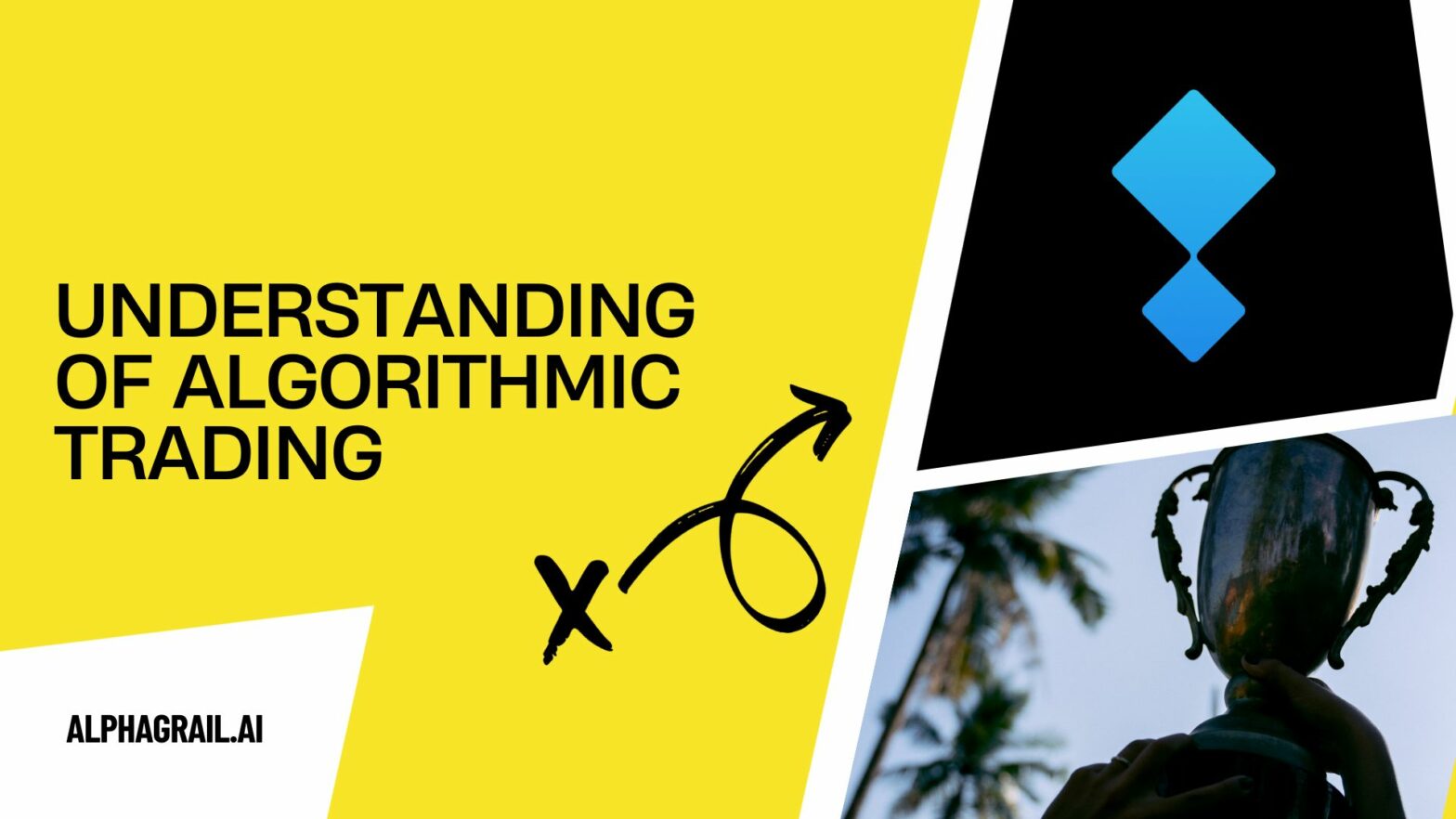2 minutes read
Algorithmic trading, also known as automated trading, is a method that has gained significant popularity in the 21 century. This approach involves executing orders using pre-programmed trading instructions, taking into account variables such as time, price, and volume. The primary aim of algorithmic trading is to leverage the speed and computational resources of computers relative to human traders. It has become a driving force behind the evolution of financial markets, with a study in 2019 revealing that approximately 92% of trading in the Forex market was conducted by trading algorithms rather than humans.
Algorithmic trading is not limited to large institutions like investment banks, pension funds, mutual funds, and hedge funds. It is also accessible to private traders through user-friendly retail tools, making it a versatile and widely adopted trading strategy.
One key concept to understand is that the terms “algorithmic trading” and “automated trading system” are often used interchangeably. These encompass a variety of trading strategies, some of which are based on formulas and results from mathematical finance, and they frequently rely on specialized software.
Several strategies are employed in algorithmic trading, catering to a range of objectives. These strategies include systematic trading, market making, inter-market spreading, arbitrage, and pure speculation, such as trend following. Many of these strategies fall into the category of high-frequency trading (HFT), characterized by high turnover and high order-to-trade ratios. High-frequency trading strategies employ advanced computer algorithms to make rapid trading decisions based on electronically received information, often before human traders can process the same information. This phenomenon prompted the Commodity Futures Trading Commission (CFTC) to establish a special working group to define and regulate HFT, recognizing its impact on market dynamics.
Algorithmic trading and HFT have had a profound impact on the structure and dynamics of financial markets. One of the significant changes has been in the way liquidity is provided, as algorithms now play a crucial role in this aspect of trading.
Most algorithmic trading strategies are implemented using modern programming languages. However, some traders still rely on spreadsheets to implement their strategies. In larger brokerages and asset management firms, algorithms are often written in FIX Protocol’s Algorithmic Trading Definition Language (FIXatdl). This protocol allows firms to precisely specify how their electronic orders should be expressed, providing a standardized framework for algorithmic trading. The sophistication of these algorithms varies, with some basic models relying on linear regression, while others utilize more advanced techniques such as game theory, pattern recognition, and predictive models. Markov chain Monte Carlo methods have even been employed to create highly complex models.
Algorithmic trading is not without its controversies and challenges. Critics argue that it can contribute to market instability and amplify market fluctuations. Regulators have grappled with the need to strike a balance between innovation and ensuring market integrity.
Algorithmic trading has become a driving force in the financial markets, reshaping how trading is conducted. It is no longer limited to large institutions but is accessible to retail traders as well. As technology continues to advance, algorithmic trading is likely to play an even more significant role in shaping the future of financial markets. However, the industry must also address the regulatory and ethical concerns associated with this powerful tool to maintain a fair and stable financial ecosystem.
